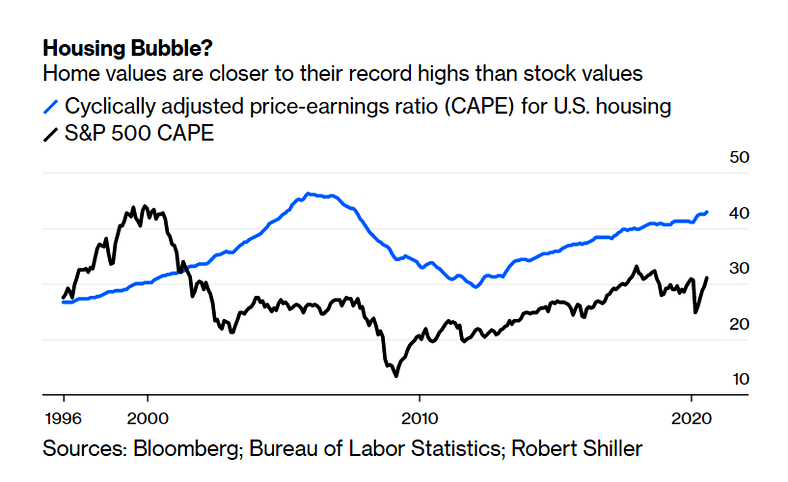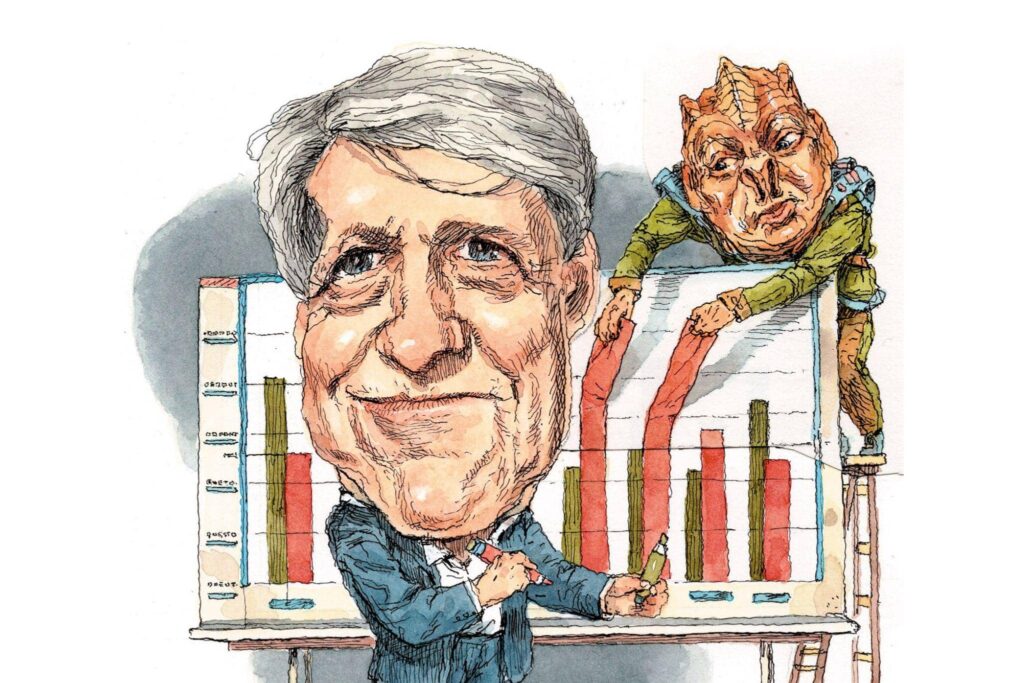An economist from Yale University, Dr. Robert Shiller, in his book – “Irrational Exuberance”, provides a lucid and engaging guide to the usually impervious world of Financial Markets. The book implores the readers to view the markets from a psychological standpoint in addition to the “rationality” approach usually enshrined in economics textbooks. It examines the nature of speculative bubbles and was first published in the dot-com bubble era, and once again, validated by the Global Financial Crisis of 2007-08.

The Nobel Laureate mentions that speculative market bubbles are more often than not due to a naturally occurring Ponzi process. The initial rise in prices fuels investor confidence to bid asset prices even further and the cycle continues until some extraneous factor disturbs the Ponzi process. In a kind of self-fulfilling prophecy, people develop possible explanations to justify the narrative that’s driving markets up to rationalize the feedback loop, leading to a cumulation in like-mindedness. But, as we have seen, stock market bubbles cannot grow forever, quite similar to actual Ponzi schemes.
Dr. Shiller also argues that the media plays a pivotal role in reinforcing narratives, thus leading to a sort of herd mentality for both financial analysts and investors. A pioneer in behavioral finance, he also states the various anchors that can influence market behavior, attention, and feedback loops, including quantitative anchors, heuristics, overconfidence, non-consequential reasoning, and moral anchors.
Many factors can act as contributors to explain herd mentality in investing. For instance, people reacting to the same piece of publicly available information at the same time. Additionally, word-of-mouth stories and social pressures can augment the already existing ‘idea epidemic’, as he describes it.
The economist emphasizes that we should not focus solely on predominant narratives and elements to guide our evaluations, expectations, and actions. A staunch opposer of the efficient market hypothesis suggests that we should not assume that public information is always incorporated in asset prices. Economists need to be more comfortable with the convoluted and intricate aspects of financial markets for academic theory to be more useful for everyone.

When the book was first published in 1999, Dr. Shiller concluded by mentioning that the stock markets of various nations throughout the world were grossly overvalued by any numerical or historical benchmark, a claim which was later proved by the dot-com crash and subsequently, the Crisis of 2007-08. But updated editions of the book include important additions: from the evolving socio-economic phenomena like income inequality to the rather trivial ‘smile of Mona Lisa’ to further reinforce his thesis.

He ends his book through the skepticism of proposals to interfere and limit financial markets and urges instead to develop new financial markets based on the performance of different economies and professions which would provide better opportunities for people to diversify their portfolios and financially hedge their choice of professional career.
One can’t help but draw parallels from his book to a lot of asset classes today, particularly cryptocurrencies and the stock market. In a world where a lot of economies are suffering, from a fall in growth to severe recessions, it seems as if cryptocurrencies and the stock market are not only unaffected but are booming. Aided by sky-high returns and promising narratives of “this time is different”, along with endorsements by famous personalities, it seems as if the moon is the limit for these assets (pun intended).
Dr. Shiller himself mentioned in a recent interview that the best example of a speculative bubble in the current market scenario is the rise of Bitcoin. Market participants are irrationally exuberant with regards to Bitcoin, which is displayed by the spectacular 385% gains generated in the last year, its price breaching the $50,000 mark.

Irrational Exuberance remains a visionary classic on market volatility and behavioral economics, presenting a rigorous numerical analysis, and at the same time, accessible to general readers. The book exhorts its readers to not fall prey to undue economic optimism backed by perceived notions of conventional wisdom. It remains the most impactful work in the discipline, largely respected by academicians and professionals alike, and is the bestseller that no one with any money in any market anywhere can afford not to read- and heed.
Written by- Kanishq Chhabra
Edited by- Sanjana Dey




